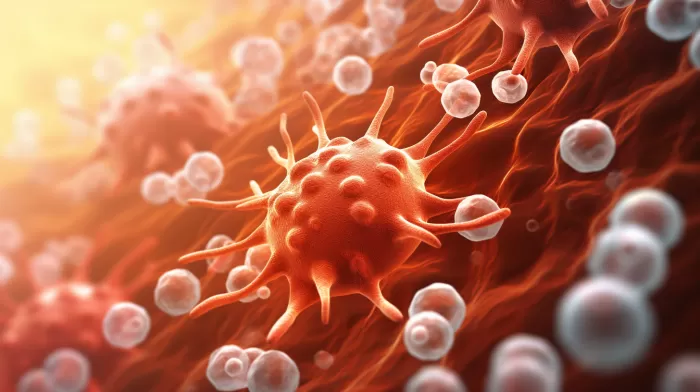Skin cancer can be an overwhelming thought, but it’s important to be aware of it due to its prevalence. In fact, one in five Americans will be diagnosed in their lifetime, with 3.5 million cases diagnosed each year- more than all new cases of breast, prostate, lung, and colon cancers combined. These numbers are continuing to rise.
Understand the Three Main Types
There are three main types of skin cancers: basal cell carcinoma, squamous cell carcinoma, and the highly aggressive melanoma skin cancer. Basal cell carcinoma (BCC) is the most common type and is the least dangerous as it’s unlikely to spread. It usually appears as a raised area of skin that may be red or dark pink in color, shiny, or patchy. If not properly addressed with minor surgical removal, it can be disfiguring.
Squamous cell carcinoma (SCC) is more dangerous as it’s more likely to spread and metastasize. This type often shows up as scaly red patches, elevated growths with depressed centers, wart-like growths, or crusty lesions. SCC can be more invasive if left untreated, even leading to death for up to 2,500 people each year.
Melanoma is the most dangerous form of skin cancer, affecting 10,000 people each year. It’s treatable if detected early, but the chances of developing new melanomas remain high.
ABCDE Method for Early Detection
For early detection of melanoma, employ the ABCDE method:
- A: Asymmetry – Look for symmetry in the mole or lesion. If asymmetrical, it could indicate a cancerous lesion.
- B: Borders – Look for well-defined borders in the mole. Uneven borders could be another sign.
- C: Color – Unusual colors, like different shades of brown or black, or mottled colors can signal melanoma.
- D: Diameter – If the lesion is larger than a pencil eraser (1/4 inch), this could be another indication.
- E: Evolving – Changes in size, shape, or color, or new symptoms such as bleeding, should be reported to your dermatologist.
The Role of Sun Damage
Over 90% of skin cancers are attributed to overexposure to ultraviolet rays from the sun and tanning booths. To balance sun exposure, spend half the amount of time it would take for your skin to change color. Very light-skinned people should spend around 15 minutes, whereas very dark-skinned people can spend up to two hours daily.
The Truth about Sunscreen
While the right kind of sunblock can help protect against skin cancer, many brands contain chemicals that can actually be damaging. The Environmental Working Group analyzed 500 sunscreens, recommending only 39 of them. Issues found included exaggerated SPF ratings and harmful ingredients like retinyl palmitate and oxybenzone. Instead, use natural zinc oxide and take a holistic approach to sun protection, including increasing antioxidant intake.
Boost Your Body’s Protection
Increase your intake of antioxidants for improved resistance against UV damage. Lycopene, abundant in tomatoes, and resveratrol, found in red wine and grape skins are good choices. Green leafy vegetables offer carotenoids that enhance skin pigmentation and sun protection. An extract from a fern plant called Polypodium leucotomos is high in antioxidants and has been shown to protect against sunburn and UV damage. Another powerful antioxidant to consider is Honokiol, extracted from magnolia bark, which has been shown to protect against skin cancer, reduce inflammation, and provide anti-anxiety, antibacterial, and anticancer benefits.
A comprehensive approach to sun protection includes moderating your time in the sun, wearing a hat, and covering up when necessary. Supplement your body’s natural defenses with nutrients that protect against sun damage and choose a broad-spectrum, mineral sun blocker like zinc oxide for the safest protection.



